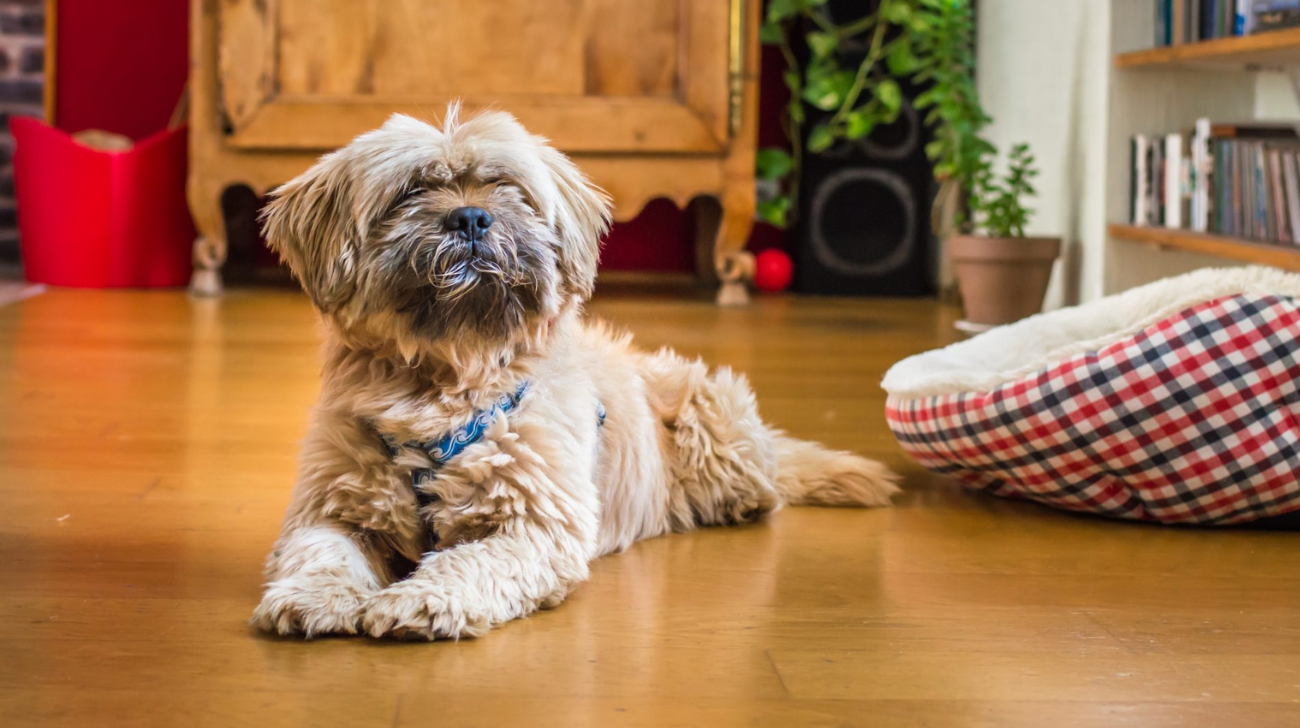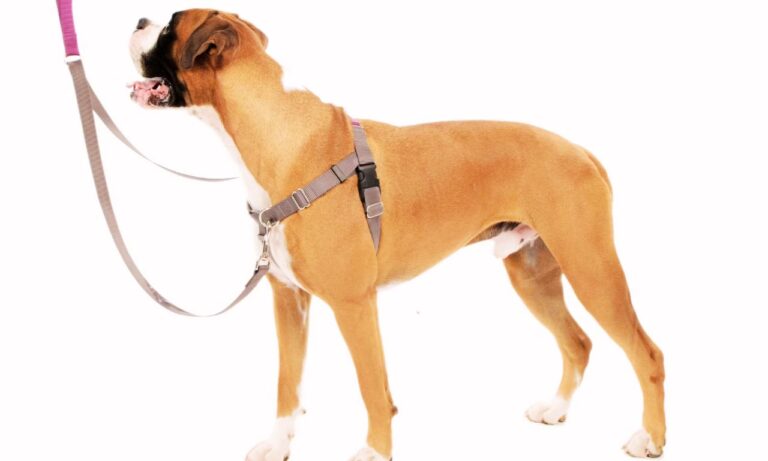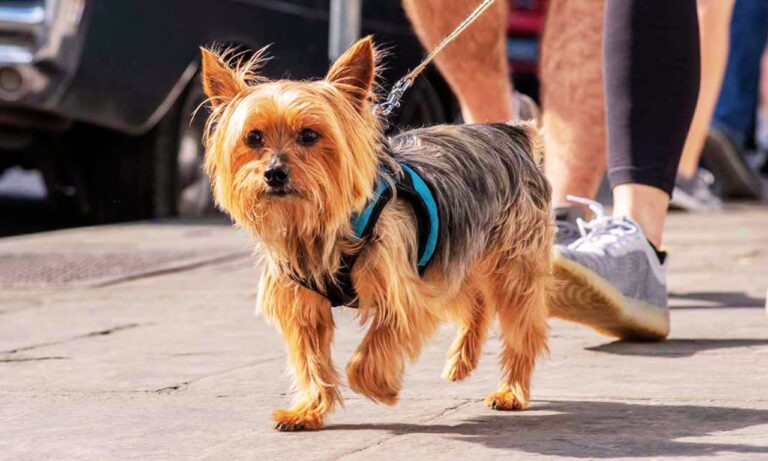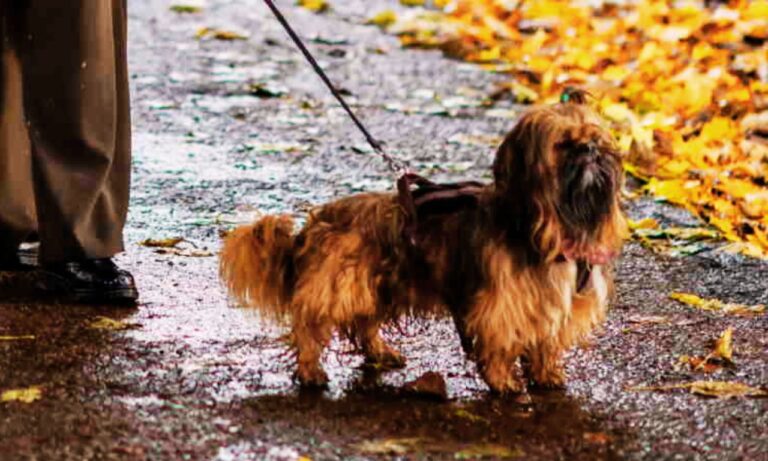Havanese dogs are small, energetic, and affectionate companions. As part of caring for your pet, it’s essential to find the right collar that fits them properly, ensuring both comfort and safety. So, how to measure a Havanese for a collar?
I will walk you through the steps on how to accurately measure your Havanese for a collar, as well as other important factors to consider when choosing the perfect collar for your furry friend. Learn if Dachshunds need special collars to provide the right support and comfort for their unique body shape.
Blog Highlights
ToggleWhy Measuring for a Collar Is Important?
Before we delve into the actual steps of measuring a Havanese for a collar, it’s essential to understand why it’s so important. A collar that is too tight can cause discomfort, breathing issues, or even skin damage.
On the other hand, a collar that’s too loose can slip off, allowing your dog to escape. For a small dog like the Havanese, getting the right fit is critical to ensure they are secure during walks and daily activities. Discover what size collar is best for a French Bulldog puppy to ensure both safety and comfort during their growing stages.
Tools You Will Need
Measuring your Havanese for a collar requires some basic tools:
- Soft measuring tape: A flexible measuring tape used for sewing is ideal for wrapping around the dog’s neck.
- String and ruler: If you don’t have a measuring tape, you can use a piece of string to measure around the neck, and then measure the string against a ruler or standard tape measure.
- Notebook and pen: To record your dog’s neck size so you can reference it when shopping for a collar.
How to Measure a Havanese for a Collar | Step-by-Step Guide
Measuring your Havanese for a collar ensures a comfortable and secure fit. This step-by-step guide covers essential tools, proper measuring techniques, and tips on choosing the right collar size, helping you keep your small dog safe and stylish during everyday activities.
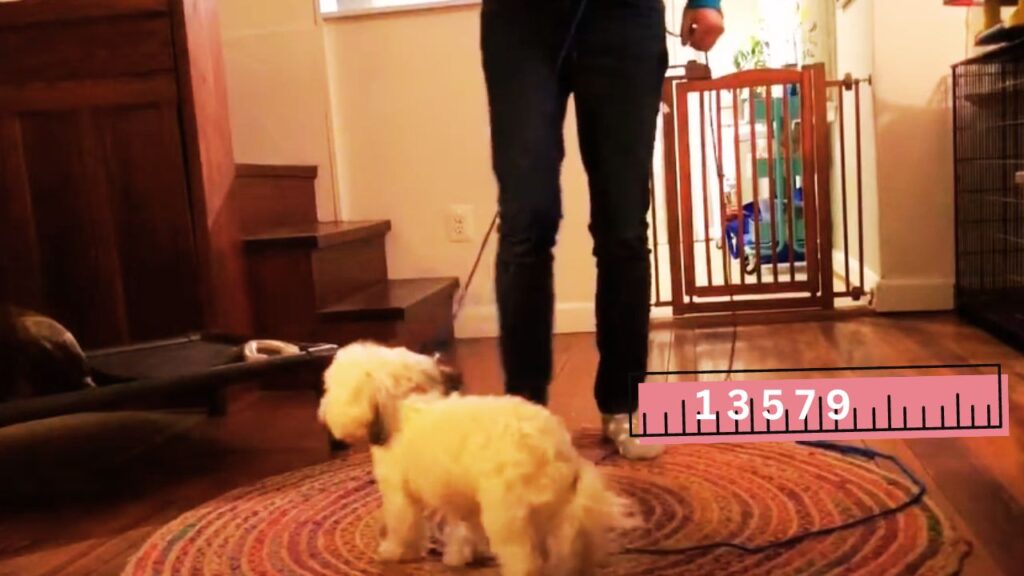
Step 1: Determine the Correct Location
The first step in measuring your Havanese for a collar is identifying where the collar should sit. A collar should generally sit at the base of the neck, just above the shoulders. This is the thickest part of the dog’s neck and the spot where the collar should rest comfortably without slipping over the dog’s head.
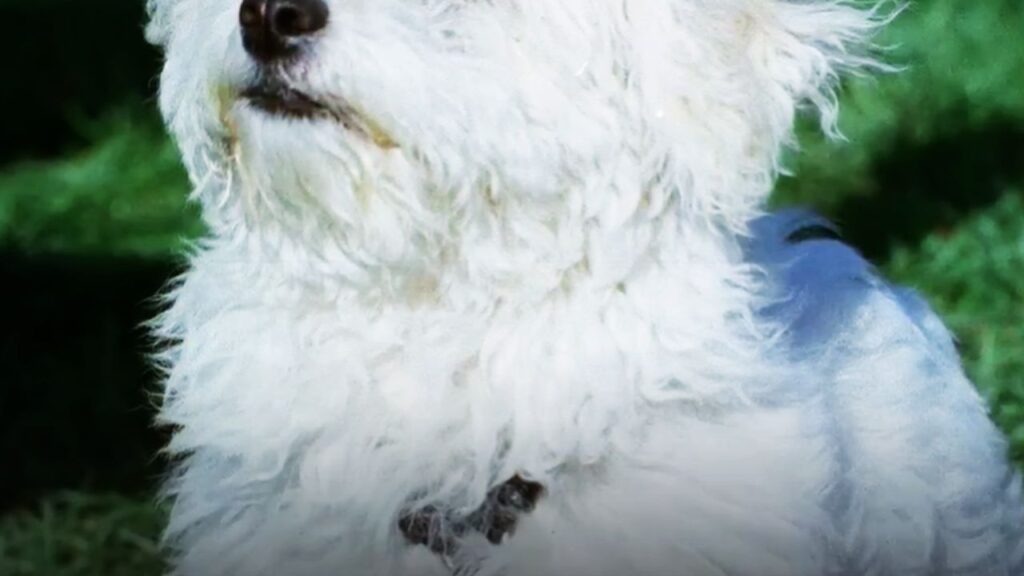
Step 2: Use the Measuring Tape
Wrap the soft measuring tape around the base of the Havanese’s neck, ensuring it is snug but not too tight. The collar should not restrict your dog’s movement or breathing. Use the two-finger rule: You should be able to comfortably fit two fingers between the tape and your dog’s neck.
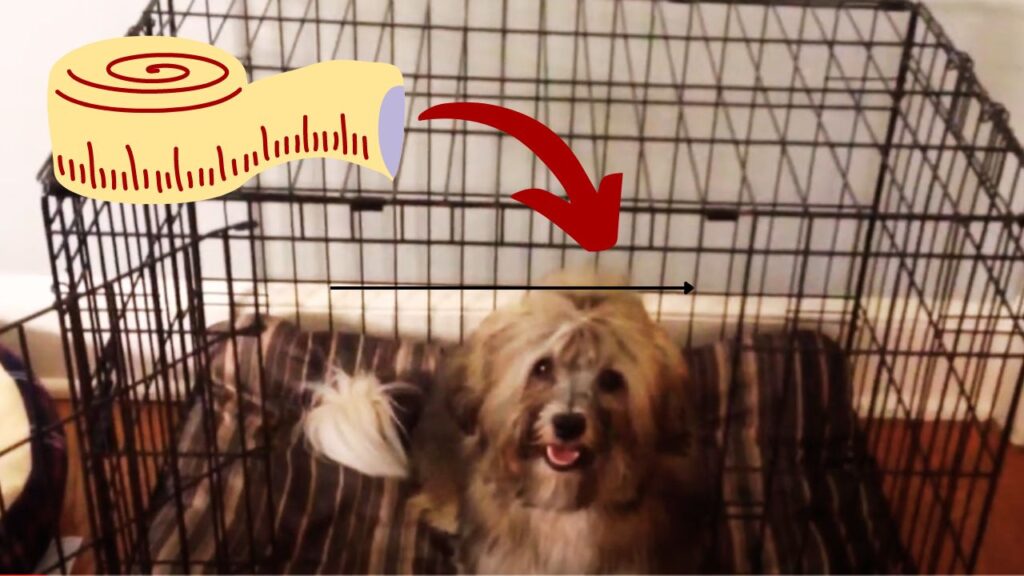
This ensures that the collar will be tight enough to stay secure but loose enough to provide comfort. Understand if French Bulldogs can wear dog collars and how it affects their neck structure and overall health.
Step 3: Record the Measurement
Take note of the measurement. For most Havanese, the neck size will likely be between 8 to 14 inches. Once you have this number, you can compare it to the size chart provided by collar manufacturers. It’s essential to round up if your dog falls between two sizes to prevent the collar from being too tight.
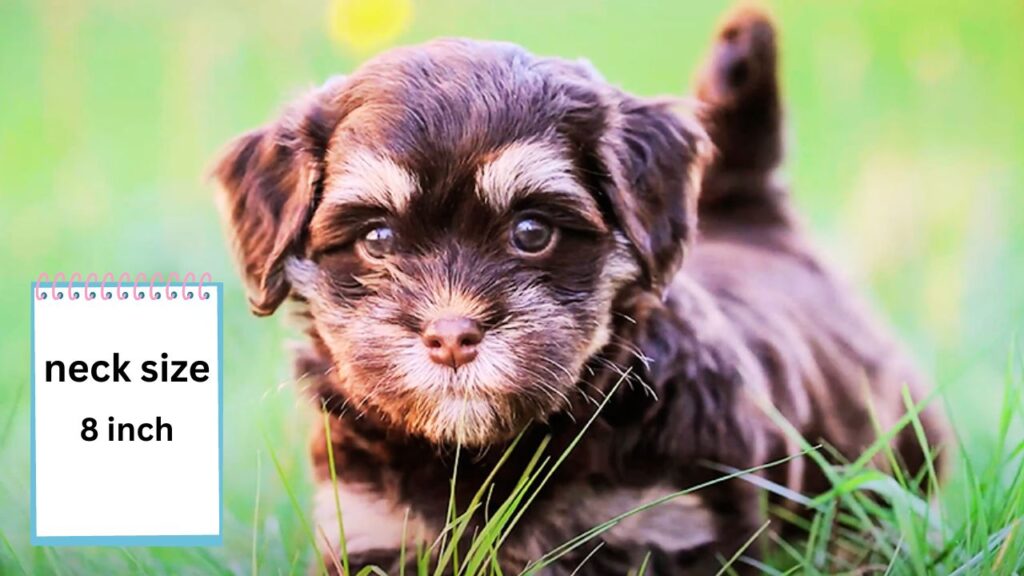
Step 4: Adjust for Collar Type
Different types of collars may require slightly different measurements:
- Flat Buckle Collars: These are standard collars and require just the neck measurement.
- Martingale Collars: These collars are designed to tighten slightly when pulled, so you may want to add half an inch to the neck measurement to ensure comfort.
- Breakaway Collars: These are generally adjustable but make sure to follow the manufacturer’s guidelines for proper fit.
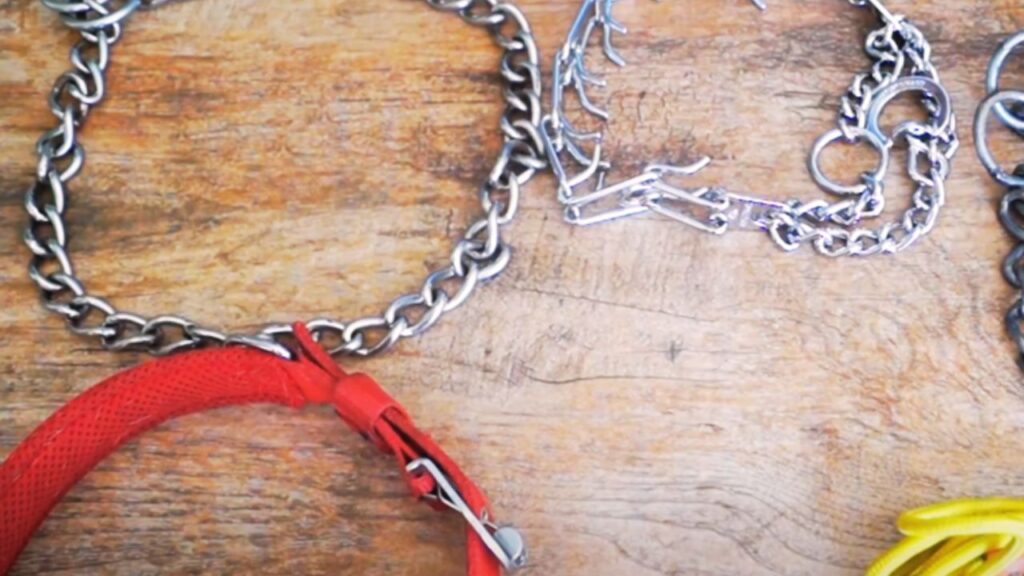
Considerations for Choosing the Right Collar
Material
The material of the collar is crucial, especially for small breeds like the Havanese. Here are some common materials used for dog collars:
- Nylon: Lightweight, durable, and easy to clean, nylon collars are a popular choice for active dogs.
- Leather: Leather collars are more durable and stylish, but they require more maintenance to keep them soft and prevent cracking.
- Fabric: Soft fabric collars can be a good option for dogs with sensitive skin or for indoor use.
Collar Width
For a small dog like a Havanese, the collar should be narrow, typically between 3/8 and 5/8 inches wide. A wider collar might be too heavy and bulky for a small dog, leading to discomfort.
Buckle or Clasp Type
The type of closure on a collar can also affect how well it fits and how secure it is. There are several types to consider:
- Buckle Collars: These have a traditional buckle and are often considered more secure.
- Quick-Release Collars: These have a plastic clasp that clicks open and shut. They are convenient but may not be as sturdy as a buckle collar.
- Breakaway Collars: Designed to release if the collar gets caught on something, breakaway collars are ideal for safety but are typically used more for cats than dogs.
How to Ensure a Safe and Comfortable Fit
Even after measuring your Havanese for the correct collar size, you should still check the fit once the collar is on. Explore the best dog collars for French Bulldogs to keep them comfortable while ensuring durability and style.
Here’s how:
- Check for Snugness: Once you’ve put the collar on, check that you can still fit two fingers between the collar and your dog’s neck. The collar should not move around easily but also should not pinch or constrict the neck.
- Observe Your Dog: After placing the collar on your Havanese, monitor them for signs of discomfort. If they scratch at the collar constantly or seem agitated, the fit may be too tight or the material too irritating.
- Regular Adjustments: As your dog grows or if their weight changes, you may need to adjust the collar size. Puppies, in particular, need their collars adjusted or replaced regularly to accommodate their growth.
Different Types of Collars for a Havanese
- Standard Flat Collar A standard flat collar is typically the best choice for everyday use. These collars come in adjustable sizes, making them easy to fit for a small dog like a Havanese. They’re also available in many different materials, colors, and designs, so you can choose one that matches your dog’s personality.
- Martingale Collar Martingale collars are useful if your Havanese tends to slip out of traditional collars. This type of collar tightens slightly when the dog pulls, without causing choking. It’s an excellent choice for dogs with narrow heads or for extra control during walks.
- Harness For Havanese that pull or have respiratory issues, a harness can be a better option than a collar. Harnesses distribute pressure evenly across the dog’s chest and back, rather than focusing it on the neck, reducing the risk of injury. However, you’ll still need to measure your dog carefully for a harness to ensure a good fit.
- Head Collar Head collars, such as Halti or Gentle Leader collars, are designed to provide control by guiding the dog’s head. They are typically used in training but can be useful for strong pullers. Be aware that head collars require careful fitting and training to ensure that your dog is comfortable.
How to Train Your Havanese to Wear a Collar
If your Havanese is not used to wearing a collar, you may need to introduce it gradually. Here’s how you can get them comfortable with it:
- Start Slow: Let your dog sniff and explore the collar before putting it on.
- Use Positive Reinforcement: Reward your dog with treats or praise when they wear the collar without fuss. This helps create a positive association with the collar.
- Increase Wear Time: Begin by having your Havanese wear the collar for short periods, gradually increasing the time until they’re comfortable wearing it all day.
- Monitor Behavior: Keep an eye on your dog’s behavior while they are getting used to the collar. If they seem stressed or uncomfortable, take a step back and proceed more slowly.
How to Choose the Right Collar Based on Your Havanese’s Lifestyle
When selecting the right collar for your Havanese, it’s essential to consider their lifestyle and daily activities. A collar that complements your dog’s habits and comfort needs will not only make them more relaxed but also improve their overall safety during walks or play.
Active Havanese
If your Havanese is particularly active and enjoys long walks, hikes, or outdoor play, opt for a durable collar made from materials like nylon or Biothane. These materials are waterproof, resistant to wear, and easy to clean, making them ideal for dogs that spend a lot of time outdoors.
Collars for active dogs should also have a secure buckle or clasp to ensure they don’t come loose during intense activity. Find the best dog collars for Dachshunds that accommodate their long bodies and prevent strain on their necks.
Indoor Havanese
For Havanese that spend most of their time indoors or have a more laid-back lifestyle, softer materials like padded fabric or leather can be a good option. These collars are more comfortable for everyday wear and are less likely to cause irritation when worn for long periods.
Havanese With Pulling Behavior
If your Havanese tends to pull on the leash during walks, consider a martingale collar or a harness. These options provide better control without putting too much pressure on the neck, making walks safer for both you and your dog. A martingale collar tightens gently to prevent slipping but is less likely to cause choking than a standard collar.
By assessing your dog’s specific lifestyle needs, you can select the perfect collar that balances durability, comfort, and safety, ensuring your Havanese enjoys all their activities to the fullest.
Wrapping Up:
Measuring a Havanese for a collar is a simple but essential task to ensure your dog’s comfort and safety. With the right tools and techniques, you can accurately measure their neck and choose a collar that fits snugly without being too tight. Additionally, consider the material, width, and buckle type that will best suit your Havanese’s needs.
By taking these steps, you can find the perfect collar for your furry friend, making walks and daily activities more enjoyable for both you and your dog. Hope so, now you know, how to measure a Havanese for a collar. Get insights into what is best for Dachshunds: a collar or harness for their safety, comfort, and health during walks.

